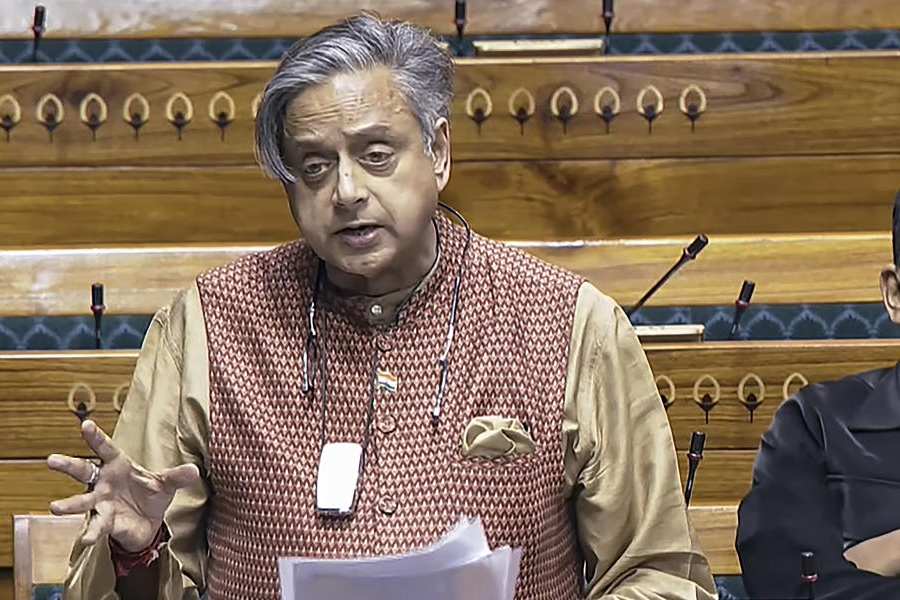 |
| File picture of ASI officials conducting an excavation at Sisupalgarh |
Cuttack, Sept. 20: The Archaeological Survey of India (ASI) has informed Orissa High Court that it does not have any objection against construction of a wall around the area under its custody in the protected area of Sisupalgarh.
Indian National Trust for Arts and Cultural Heritage (Intach), which had filed a PIL in March 27, 2007, on increasing encroachments in the protected area of the 2,000-year-old fortified settlement on the outskirts of Bhubaneswar, filed a fresh petition recently.
The petition sought the court’s direction to the chief secretary, secretary of urban development department, superintendent of the state archaeological department and the ASI director-general, to construct the wall for protecting the area under exclusive possession of the ASI from encroachment.
Responding to the petition, ASI counsel Lalatendu Jena submitted an affidavit yesterday mentioning the “no objection” to Intach’s plea. Taking note of it, the division bench of Chief Justice Amitava Roy and Justice B.R. Sarangi adjourned the matter for hearing after the Puja vacation along with the response from the state government.
In his affidavit, ASI (Bhubaneswar circle) superintending archaeologist Bhuvan Vikrama said: “An area of 0.775 acres has been recorded in favour of the ASI.” A total of 562.681 acres in Sisupalgarh was declared as ancient monument to be protected on November 13, 1950.
“However, conservation and preservation of the archaeological remains found during excavation at Sisupalgarh area are in good state of preservation,” Vikrama said.
ASI excavated the small area with the famous monolithic pillars of laterite stone from the site in 1948.
The excavation had revealed that Sisupalgarh was occupied from the beginning of third century BC to the middle of fourth century.
In his affidavit, Vikrama added: “It is also a fact that many constructions including high-rise buildings are in the protected/notified area of Sisupalgarh and the same have been constructed without obtaining approval of the competent authority”.
The area was declared protected under Ancient Monuments Preservation Act, 1904, subsequently amended Ancient Monuments and Archaeological Sites and Remains Act, 1958 and Rules 1959.
Earlier in an affidavit, the ASI, in response to Intach’s PIL, had stated that illegal building activities had continued over nearly the past two decades in the protected area of the ruins of Sisupalgarh due to lack of necessary action by the state authorities.
The ASI said it had been approaching the state authorities since 1995 to take steps to stop illegal constructions. Complaints were filed at the local Lingaraj police station and the collector of Khurda was requested several times to stop the unauthorised constructions within the protected area of Sisupalgarh. “But necessary action from the district administration and state authorities are still awaited,” the affidavit alleged.
The Telegraph had been highlighting the issue of unauthorised constructions and encroachments at the site.
Taking cognisance of a petition filed by human rights activist Prabir Kumar Das on the basis of a report published in The Telegraph on March 5, the high court had on April 10 registered a PIL on threat posed by illegal building activities to the ruins of Sisupalgarh. Later it was tagged along with Intach’s PIL which was languishing since 2007.











